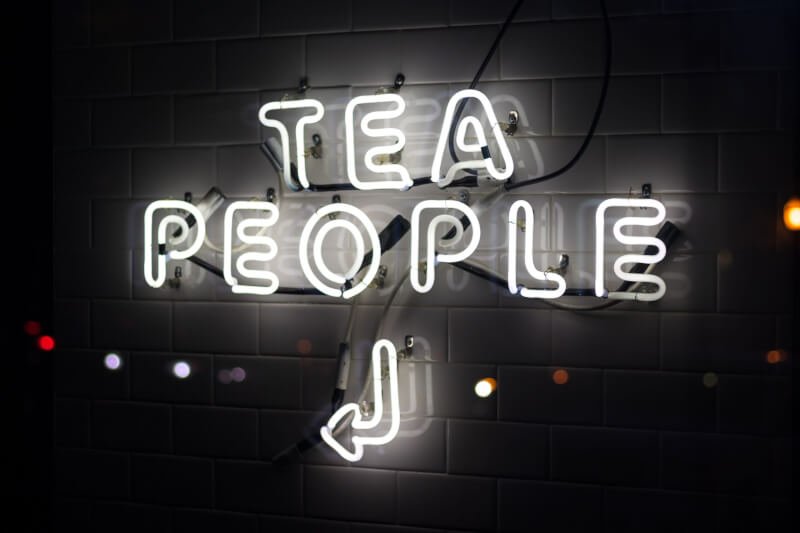Tea, a beloved beverage consumed by millions around the world, has become more than just a hot drink – it is a symbol of culture and traditions. From the elegant tea ceremonies in Japan to the vibrant chai stalls in India, the cultural variations in tea preparation and presentation are vast and fascinating. Each region has its own unique way of brewing, serving, and enjoying tea, showcasing the diverse customs and values of different societies. Join us on a journey as we explore the rich tapestry of tea cultures, where every sip tells a story and every cup is an invitation to experience the world.
Cultural Variations in Tea Preparation and Presentation
Tea is one of the most popular and widely consumed beverages in the world, with a rich and diverse cultural history. The preparation and presentation of tea vary greatly across different cultures, reflecting unique traditions and customs. From East Asia to Africa, tea has been integrated into the daily lives of people in various ways. Let’s explore the cultural variations in tea preparation and presentation around the world.
East Asia
East Asia is renowned for its tea culture, with China and Japan being at the forefront. In China, tea is often prepared using loose leaves steeped in a teapot or gaiwan. The brewing process is highly ritualistic, involving precise measurements, water temperature, and steeping times. Chinese tea ceremonies emphasize calmness, mindfulness, and the appreciation of the tea’s aroma and flavor.
Meanwhile, Japan is famous for its tea ceremony called “Chanoyu” or “Sado,” where matcha, a powdered form of green tea, takes center stage. The ceremony is an intricate choreography of movements, emphasizing grace, respect, and harmony. Matcha is meticulously whisked and served in special bowls, accompanied by traditional Japanese sweets.
South Asia
Tea assumes a pivotal role in the daily lives of people in South Asia. In countries like India and Sri Lanka, tea is commonly prepared as chai, a spiced milk tea that is often consumed several times a day. Chai is prepared by boiling black tea leaves with a mixture of spices, such as cardamom, cinnamon, ginger, and cloves, along with milk and sugar. It is a staple in households and often served to guests as a gesture of warmth and hospitality.
In contrast, in countries like Iran and Afghanistan, tea is prepared as “chai e rangin” or “Ranginak.” This tea is typically black and served with sugar cubes held between your teeth, while drinking the tea through the cubes. The act of pouring tea is considered an art form, showcasing grace and skill.
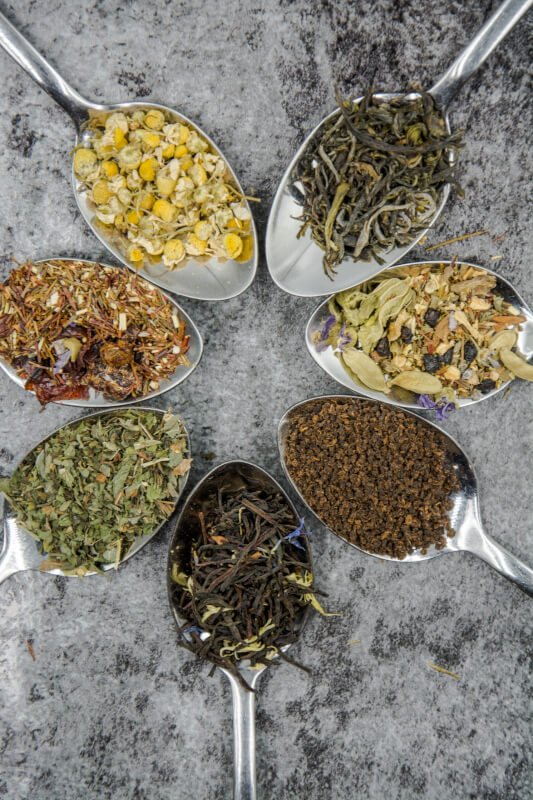
Middle East
The Middle East has a rich tea culture that centers around the serving of “قهوة الجاه” or “Kahwa Al-Jah.” This tea is often made using black tea leaves infused with aromatic spices such as saffron, cardamom, and cloves. It is served in small, handleless cups known as “finjan,” accompanied by dates or other sweets. The act of serving tea in the Middle East is deeply rooted in hospitality, and it is customary to offer multiple rounds of tea to guests.
North Africa
In North Africa, primarily Morocco and Algeria, mint tea, known as “Atai” or “Maghrebi mint tea,” is a symbol of hospitality and togetherness. This tea is prepared using green tea leaves and fresh mint leaves, sweetened with sugar or other sweeteners. The tea is poured from a great height to create a frothy layer and is often served in small glasses, encouraging multiple servings. The preparation and serving of mint tea represent warmth, generosity, and a shared moment of relaxation.
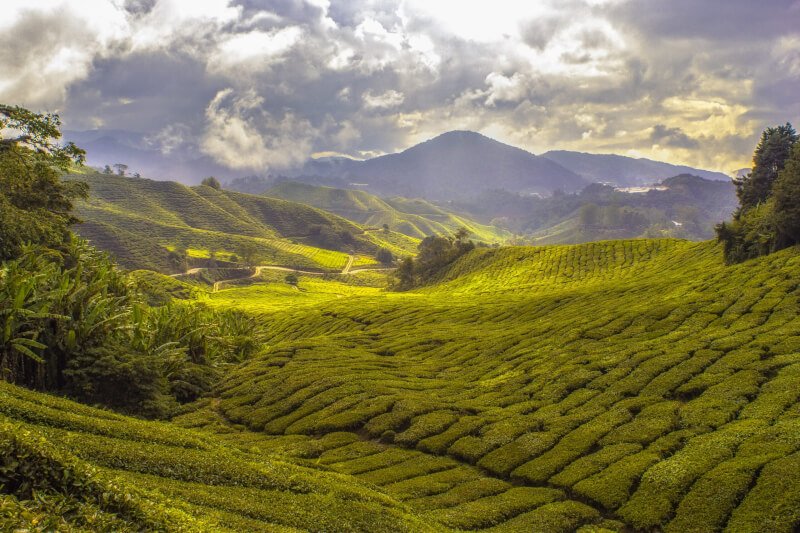
Eastern Europe
In Eastern Europe, tea culture is deeply influenced by Russian traditions. The Russian tea ceremony, known as “Zavarka,” involves steeping black tea leaves in a samovar—an ornate metal container that keeps the water hot throughout the day. The brewed tea is then poured into small cups and enjoyed with sugar, honey, or lemon. Russian tea ceremonies are often accompanied by a variety of sweets, including pastries and preserves.
Western Europe
Tea has been an integral part of European culture for centuries, with each country showcasing its unique customs. In England, the tradition of afternoon tea is highly regarded. This elegant affair includes the serving of black tea, often accompanied by scones, sandwiches, and pastries. Tea is poured from a teapot into delicate china cups, often garnished with a slice of lemon or a dash of milk, based on personal preference. Afternoon tea is a refined social event that epitomizes grace and leisure.
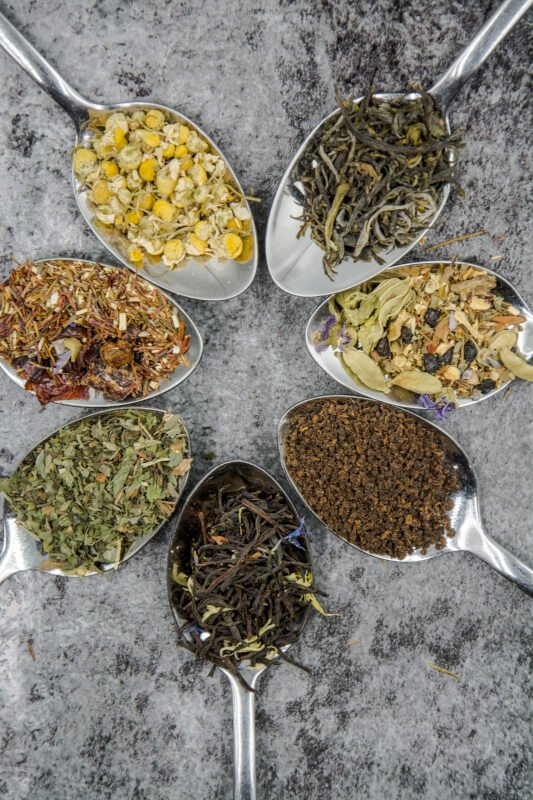
North America
Tea consumption is diverse in North America, with various influences from different cultures. In the United States and Canada, iced tea is a popular choice, especially during hot summers. Iced tea is prepared by brewing black tea, often with added flavors such as lemon or peach, and served over ice with lemon slices or mint as a refreshing and cooling beverage.
South America
In South America, yerba mate is a staple beverage in countries like Argentina, Uruguay, and Paraguay. Yerba mate is an herbal tea made from the dried leaves and twigs of the Ilex paraguariensis plant. It is traditionally prepared in a hollowed-out gourd, known as a “mate,” and sipped through a metal straw called a “bombilla.” Sharing mate is a sign of friendship and camaraderie in South American cultures, and it is often passed around in a circle, with each person taking a turn to drink from the same gourd.
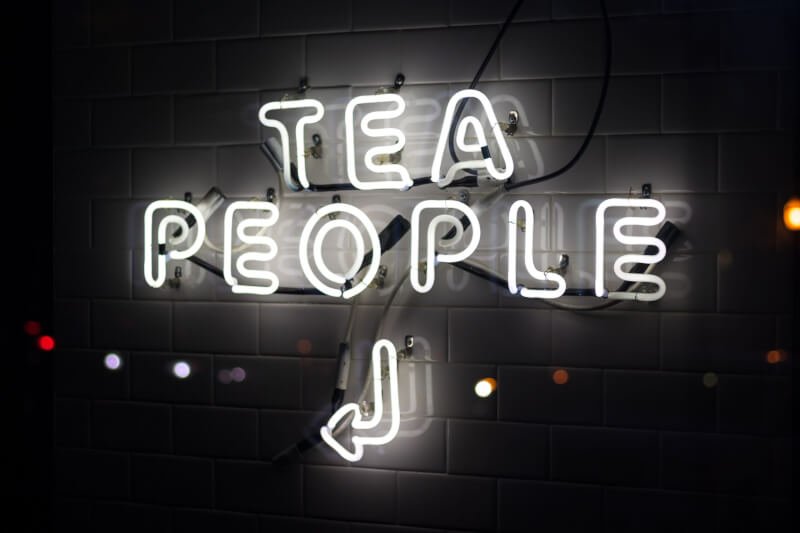
Oceania
Tea is deeply ingrained in the cultural fabric of countries like Australia and New Zealand. The Australian “cuppa” or “Billy tea” is a strong black tea served with milk and sugar, often prepared over a campfire in a metal teapot known as a “billy.” Similarly, New Zealand’s “morning tea” or “elevenses” is a mid-morning break where tea is accompanied by baked goods or light snacks. Both cultures place a strong emphasis on the communal aspect of tea-drinking, fostering conversations and connections.
Africa
Tea holds significance in several African countries, including Kenya, Tanzania, and Ethiopia. In East Africa, tea is often prepared using black tea leaves, milk, and sugar, focusing on a rich and creamy taste. In Ethiopia, the tea ceremony is an important cultural practice, known as “Buna”. The preparation involves roasting fresh coffee beans, grinding them by hand, and brewing them in a traditional clay pot known as a “jebena.” The fragrant coffee is served in small cups and encourages social interaction and unity.
In conclusion, tea is much more than a beverage; it is a reflection of the diverse cultural practices and traditions across the globe. Each region has its own unique way of preparing and presenting tea, showcasing the importance of hospitality, social connections, and mindfulness. Whether it’s the serene tea ceremonies in East Asia or the communal sharing of mate in South America, tea serves as a universal language that brings people together, celebrating the rich tapestry of our world.

